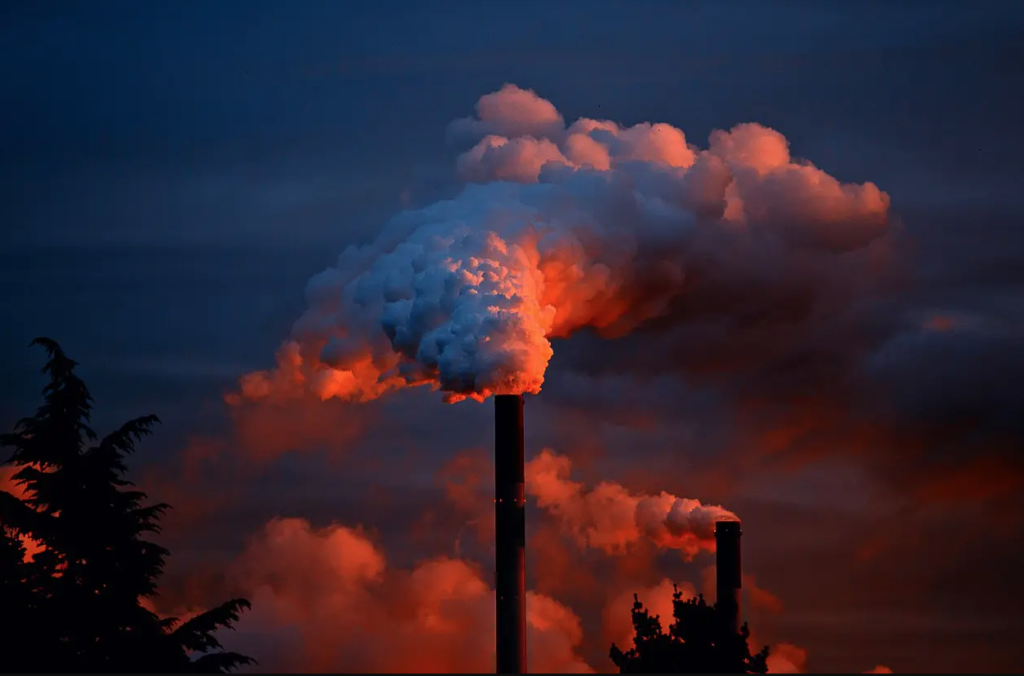Energy sector emissions account for 25% of US total greenhouse gases
(sustainabilityenvironment.com) – The United States will introduce much more stringent limits for emissions from coal and gas plants. The decision comes from the EPA, the Environmental Protection Agency, and represents an important piece in the strategy of President Joe Biden to reduce the environmental burden of the energy sector, which today generates about 25% of the country’s greenhouse gases.
Carbon and gas emission cuts
The haircut is very significant. According to the EPA, in the next 20 years (by 2042) the new parameters will cut up to 617 million tons of CO2 (MtCO2), a quantity comparable to the annual emissions of a country like Australia or Saudi Arabia and 1,5 times higher than the greenhouse gases generated by Italy.
In addition to CO2, the emission limits of coal and gas plants also cover other types of pollutants: fine dust (PM2.5), SO2 and NOx. According to calculations by the World Resource Institute, the cut would cut energy sector emissions by 80% by 2040 compared to 2005 levels.
The expected benefits, both for the climate and for human health, are around $85 billion. Already by 2030, the EPA predicts that the new limits will avoid about 1300 premature deaths, 800 hospital admissions, over 300 thousand cases of asthma, 38 thousand days of absence from school and 66 thousand days of work lost.
The rules are designed to encourage plant modernisation (where possible), especially through the use of CO2 capture and storage technologies, or for conversion to hydrogen cogeneration. However, for the most polluting and outdated coal and gas power plants, the only option available could be closure.
A dossier from the EIA (Energy Information Administration) suggests that the US coal fleet will halve by 2050 from 2022 levels. A forecast that takes into account measures such as the Inflation Reduction Act (IRA) but not yet of the latter emission limits.

